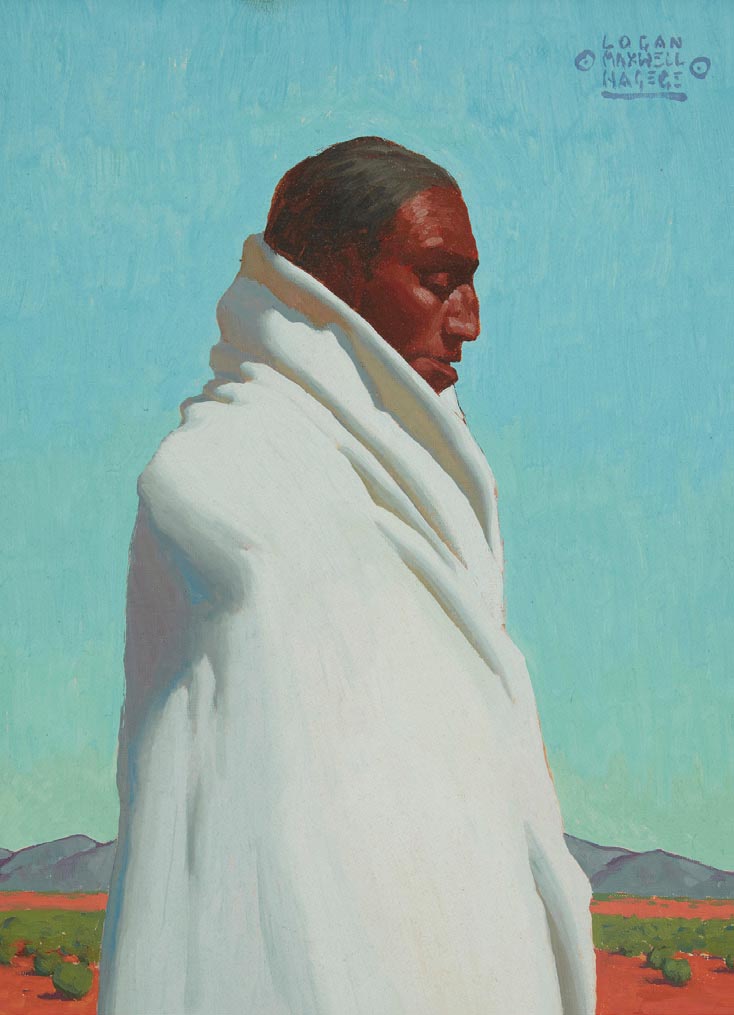
02 May Editor’s Note: Windows to the West
In the West, art and architecture serve not only to convey beauty but also to establish connections — to the land, history, culture, and others. This sense of connection is what we hope to promote at Western Art & Architecture by sharing creativity that is not only aesthetically interesting but also demonstrates strong expressions of identity, emerging ideas, heritage, and the human experience.
In this issue, artist Howard Post shares his creative process, and we discover how his life shines through his artwork with authenticity (“Lavender Shadows,” pg. 134). By living in Arizona, the artist is drawn to the shadows amid the desert landscape. “The strong sunlight in Arizona creates strong shadow patterns,” Post says, adding that these shadows inform his composition and “become something in and of themselves.”
We also read about the different perspectives painters Scott Christensen and Quang Ho bring to their canvases and their July museum exhibition at The Museum of Western Art in Kerrville, Texas (“Worlds Above and Within,” pg. 146). Christensen returns to his favorite locations, finding inspiration in the experience of beauty. He wants to impart “what it is that pulls at my emotions while I’m experiencing these landscapes.” Ho, meanwhile, believes that the technical aspects of creativity — the paint itself — create endless opportunities for exploration. “The real essence of painting is the dialogue between shapes, tones, colors, textures, edges, and lines. Everything else follows, including light, form, concepts, personal beliefs, and inspirations,” Ho says.
The architects, builders, interior designers, and landscape architects showcased in this issue also connect us to the West. A working ranch designed by J. Christopher Architecture in Texas takes its cues from tradition and modernity (pg. 152). The low-key structure appears on the landscape as a one-story ranch house with rustic stacked stone and custom-appointed details. We also discover a new take on the farmhouse tradition in Napa Valley. Signum Architecture designed a home that marries the owners’ affinities for agrarian and modern architecture and supports their health and well-being (pg. 142). And we read about Equiterra Regenerative Design, an Albuquerque, New Mexico, architecture firm that designs impact-positive structures, leaving the built environment better than they found it (pg. 116).
In this issue, we embark on a journey through the creative landscape that defines Western art. From land-art installations in Montana to the timeless elegance of historic landmarks in El Paso, we hope you find something within these pages that connects you to life out West.
Christine Rogel, Editor in Chief
christine@westernartandarchitecture.com






No Comments